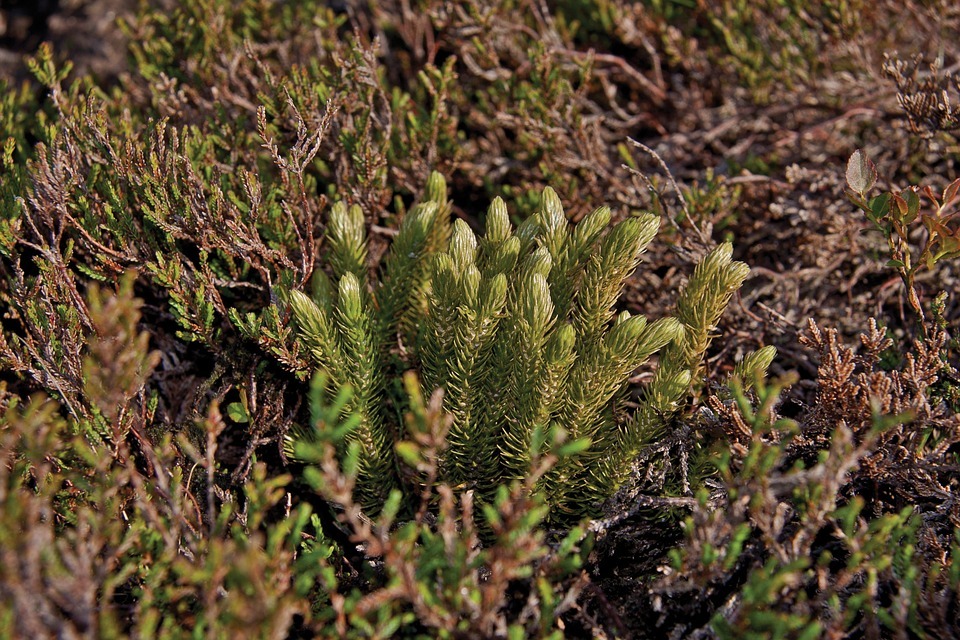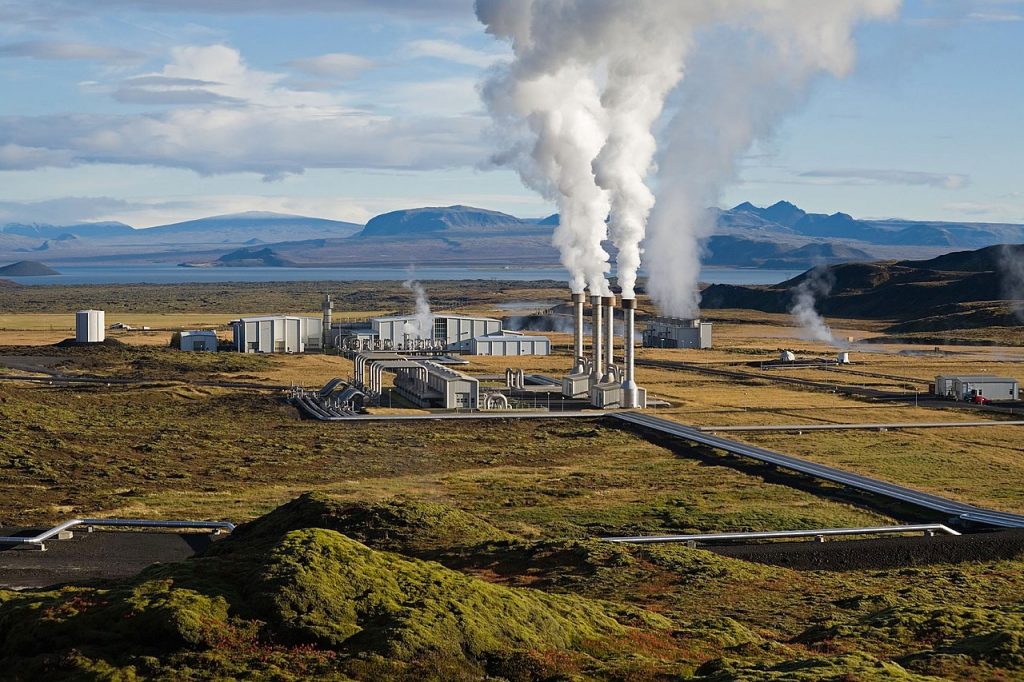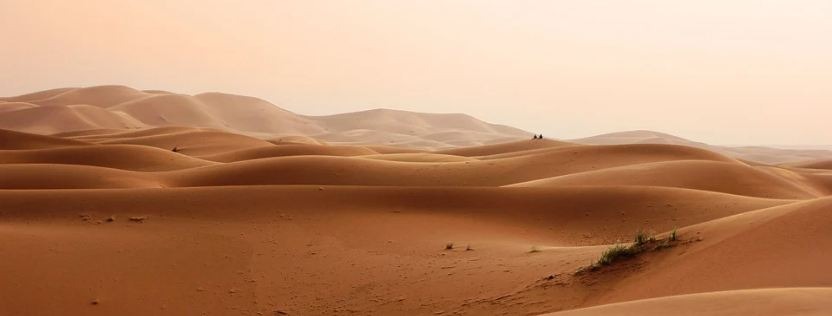Plants have their own share in maintaining a well-balanced ecosystem and biodiversity. As they give off oxygen and take in carbon dioxide, they help regulate its cycle and prevent too much heating of the atmosphere. Plants’ roots also support soil and prevent them from being washed away when flooding comes.
Furthermore, plants are foods for both animals and humans, and are essential to their survival and even became part of their culture and history as herbs and spices were essential parts of the trade many years back.
Plants thrive in different environments. Some prefer to be near the streams and rivers, some live on the water itself, but some like it too hot, as they grow and survive to over 80 degrees Celsius. However, surprisingly at it seems, even in a volcanic area in New Zealand where the temperature reaches 98 degrees Celsius, there are species of vegetation that can survive. You can read here the strangest weather phenomena on earth.
Areas where molten rocks heat the ground are called geothermal fields and contain hot springs and geysers, and, unbelievably, vegetation. Researchers from Landcare Research in New Zealand studied.
Mark Smale at Landcare Research in New Zealand and his team surveyed 15 geothermal fields, 15 in the Taupo Volcanic Zone of New Zealand’s North Island. They gathered and analyzed some soil samples and measured their temperatures, pH levels, and identified metal contents. They also gathered sample vegetation.
They found out that geothermal soul has higher pH levels and contains high aluminum content that can be toxic and harmful to the plants’ growth. But how can these vegetations thrive in the said areas?
Kinds of Plants that Grow in Geothermal Zones
Researchers discovered that shrubs were the tallest kinds of plants seen in the areas, unlike the surrounding forests, where tall trees grow at their potential capacity.
Plant species like mosses and liverworts, which have shallow roots, were seen in the geothermal zones where extreme hot temperatures are observed in the soil measured at 10 centimeters below the surface. This made them conclude that these species of plants are the most heat-tolerant ones, including the dwarf swan-neck moss (Campylopus pyriformis), which thrives in a range of climates. They grow in geothermal soil where temperatures reach 72°C.
According to Smale, no plants can survive in an environment with temperatures reaching 80 °C except thermophilic algae.
The roots of the plant’s species are linked to the fantastic adaptation to the extremely hot environment such as geothermal soil. Because soil temperatures within these sites rise, heat-tolerant species of plants are therefore restricted a few centimeters to the top of the hot soil. The plants’ adaptation is short roots that laterally grow instead of growing downwards.
A plant’s roots under high temperatures trigger higher and faster metabolic activities in cells resulting in a reduction in its growth. Some geothermal grasses, for example, have adapted by altering their root respiration rates.
Another discovery made by Smale and his team, in geothermal sites where areas have a little cooler temperature of the soil at 68 degrees Celsius, they found plants like a shrub called geothermal kanuka, endemic to New Zealand, and staghorn clubmoss, Lycopodiella cernua, which is common in tropical climates.
There were also a few flowering plants due to the soil’s temperature, which is the main limiting factor of their growth and survival as insects to pollinate them also won’t survive the heat in the area.
Todd Rosenstiel, a researcher from Portland State University who studied plant communities at geothermal sites in Lassen Volcanic National Park in California, also found that the dominating plant species at the highest temperatures are mosses.
Terrestrial Biomes
Large-scale ecological variety is organized under the biome concept.
Terrestrial biomes are defined by their dominating flora and are influenced mainly by rainfall and temperature.
Savanna Biomes
Savannas, found south and north of tropical forest biomes, have lower annual rainfall and extended dry seasons. A mixture of grasslands and tiny trees dominate these biomes. Savannas are a shift from tropical forests to deserts that encompass 60% of Africa.
Drought-deciduous trees are common in savannas. The relative number of trees and grass distinguishes numerous savanna types associated with rainfall patterns, soil depth, and water table height.
Throughout the last 50,000 years, dry season fires have happened repeatedly across the African savanna. In savannas, fire is crucial to maintaining the equilibrium between grasslands. Shrub and tree populations grow when there are extended periods between fires.
Fires liberate nutrients that have been trapped in the dead plant litter. Because soil is a good heat insulator, grass seeds and underground rhizomes are usually safe from harm.
Desert Biomes
Deserts are found in a band around the Earth between 15 and 30 degrees north and south latitude, and they cover approximately 26 and 35 percent of the Earth’s land surface. Desert climates are characterized by little precipitation, typically less than 250 mm yr-1.
Perennial shrubs with broad roots and tiny gray or white leaves make up the majority of plant biomass in most deserts. However, therophytes (annual plants) can account for the majority of species diversity in warm deserts. As seeds, desert annuals can withstand unpredictably dry periods.
Seeds can thrive in the soil for many years until the right combination of rainfall and temperature occurs, at which point they will germinate. These annuals flower and set seed before soil water stores are depleted, fulfilling their life cycle in weeks.
Vegetation for Preservation
To determine whether conservation strategies are needed, Smale and his team looked into the importance of classifying Taupo Volcanic Zone’s geothermal vegetation.
Moreover, Ásrún Elmarsdóttir from the Icelandic Institute of Natural History in Reykjavik suggests that geothermal plants are being put into danger by geothermal energy projects and by some tourists who don’t seem to care for their unique existence. He also suggested the protection of the geothermal areas where these rare species of plants grow.
According to Smale, climate change is not an issue to the extinction of the plants despite parts of the Taupo Volcanic Zone experience freezing winters because the extreme conditions in geothermal fields have a more significant effect on plant growth (they have evolved and adapted) than the climate.




